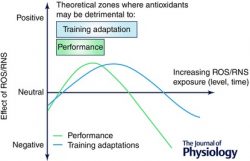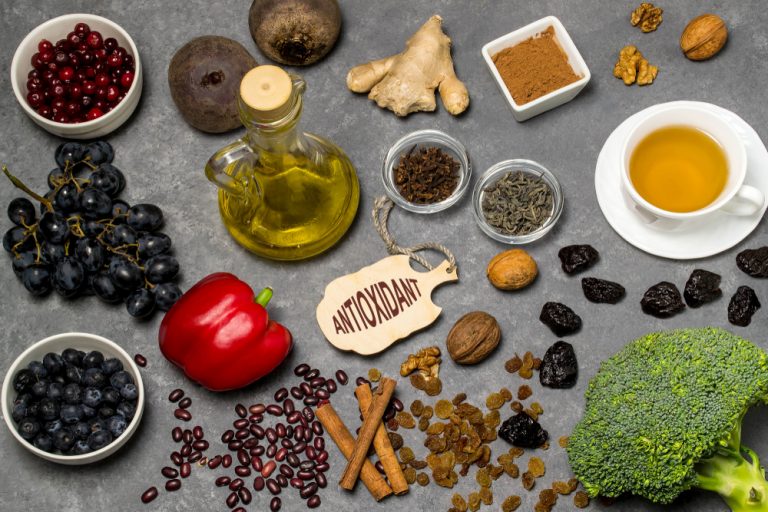Health-oriented blogs are full of information about the pro-health properties of antioxidants. And rightly so, because the excess of free radicals kept for a long time can have fatal health effects. The situation, however, becomes more complicated when we try to translate this information into active athletes. Do the amounts of antioxidants used affect sports condition?
Effects of intensive training
Well-known information is that intensive training involves equally intense production of free oxygen and nitrogen radicals, which cause muscle tissue damage and prolong regeneration. Based on this information, many people opt for supplementation, for example, with increased doses of vitamin C, to avoid these negative effects, which seems to be reasonable. What's more advanced schemes indicate the use of, among others, resveratrol or quercetin, in addition to neutralizing oxidative stress, to help burn more fat.
Free radicals and antioxidants
However, the view on free radicals induced by training changes when we study the topic more deeply. Well, to note the benefits of training, they must efficiently operate processes responsible for adapting muscle cells to new, more difficult conditions. This adaptation is based, among other things, on the more intensive mitochondrial biogenesis, which allows to obtain a more efficient energy supply and to improve insulin sensitivity, thanks to which energy sources from food are better used. The place also has the strengthening of cellular defense and antioxidant capacity. These aspects support not only sports condition, but also general health. It turns out that we owe a large part of the positive training to the immediate growth of free radicals! They are important molecular messengers that act by interacting with REDOX-sensitive proteins to regulate numerous physiological processes.
So, should you definitely avoid antioxidants? Well, not exactly. The effects of reactive oxygen and nitrogen are not linear, which can be seen in the attached graph. Completely low level, which is usually recorded at high doses of antioxidants, as it can be seen gives negative effects. Then, as the exposure to ROS/RNS increases, positive effects appear, but only to a certain point. When the exposure exceeds the scale and assumes a more extreme level, we are again exposed to losses, as in the case of extremely low exposure.

In practice, this means that when we are relatively healthy, we eat well and there are no indications of chronic problems with oxidative stress - the training alone will not increase the level of ROS and RNS to levels that will impair the training adaptation and there is no need for antioxidants. In a simplified way, after the training, free radicals will increase for a short time, sufficient to trigger the appropriate changes, and then the natural defense mechanisms will efficiently lower them to the equilibrium level, so that cell damage does not occur during regeneration.
It is different when ROS increase excessively, and this condition may occur when something is wrong and the excess of free radicals occurs before the start of training. In this case, free radicals stay high for a long time after the end of training, and this makes the concerns mentioned in the initial part of this text become real. In this situation, you can theoretically get sport and health benefits from moderate doses of antioxidants, when we manage to bring ROS and RNS levels to the optimum. Additionally, interesting information is that the level of ROS required to lower muscle performance is probably lower than the level that would hinder muscle adaptation.
In conclusion
supplementation with antioxidants especially in the training area may not be the optimal choice. Of course, they can not be completely crossed out, as they can be justified in certain cases, although moderation and avoidance of preventive supplementation, without clear indications, are indicated.
Source
Troy L. Merry and Michael Ristow For antioxidant supplements interfere with skeletal muscle adaptation to exercise training?
doi 10.1113/JP270654; J Physiol. Sep 15; 594 (18) 5135-5147.
https://www.ncbi.nlm.nih.gov/pmc/articles/PMC5023714/






